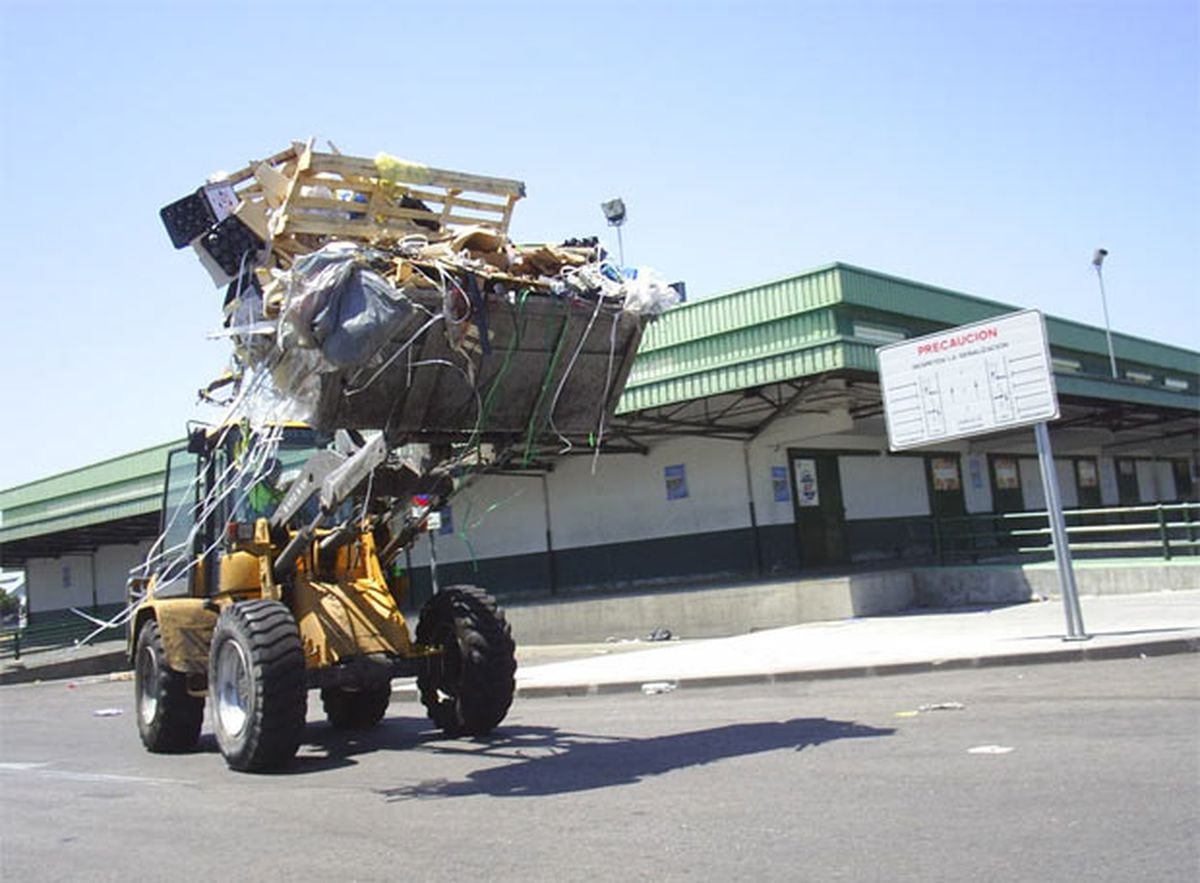The Food and Agriculture Organization of the United Nations (FAO) It is estimated that we throw away 1.3 billion tons of food each year. If we transfer this data to the economic sphere, we are talking about about a trillion euros, in addition to the 700,000 million euros that have food waste in environmental costs and about 900,000 million euros more in social costs.
Citizens of developed countries are the first to waste food in the food chain, with 53% of waste coming from households, followed by food processing (19%) and catering and catering (12%). Some current eating habits, such as buying more food than is needed, over-rationing plates, throwing leftovers in the trash, poor food preservation, or throwing away packaged produce when their best time has passed before the expiration date, even though No expiration date. For these current exorbitant figures of food waste in the European Union.
Food loss limits society’s ability to sustainably feed a growing population, which also makes it an ethical problem, given that more than 1 billion people in the world (11% of the population) suffer from hunger. In terms of the strict environmental impact, you are asking about, food production generates emissions of carbon dioxide (CO2) and methane (CH4), greenhouse gases that contribute to climate change as well as generating a waste of resources that are not infinite, such as water, land, marine resources, etc. … , used in the production of food that is sometimes not consumed and wasted. Se estima que los alimentos desperdiciados a nivel mundial representan 3.300 millones de toneladas métricas de emisiones anuales de dióxido de carbono y suponen la utilización de alrededor de 1.400 millones de hectáreas de tierra, porási el tier as a representativea the scientist.
Also of note is the environmental impact of the resources used in transporting, storing and packaging said wasted food, which translates into unused consumption of energy and fuel and the generation of plastic or other waste materials used in packaging, among others. With reference to this last aspect, proper food preservation is, in many occasions, the best way to reduce waste and here packaging can play an essential role. The use of sustainable packaging capable of significantly extending the shelf life of food can contribute to reducing food waste, in this case the type of materials used is crucial as it can reduce environmental impact and favor economy. Circular.
Finally, food waste also creates an environmental impact related to waste management, which means transportation of said waste, landfill maintenance, waste classification operations, as well as the energy costs needed in the facilities that manage this waste.
In order to solve this problem, under oSustainable Development Goal (SDG) 12.3By 2030, per capita food waste in retail and consumers must be halved, and food losses in production and distribution chains, including post-harvest losses, reduced.
It is also proposed to boost biogas production from food waste. Biogas consists mainly of methane and carbon dioxide, as well as other gases present in smaller quantities, and can be converted to biomethane, a gas equivalent to natural gas. In this way, it will be possible to recover the carbon dioxide and methane emitted from food waste, avoiding emissions into the atmosphere and reducing the environmental impact. In Spain, studies of the energy potential of biogas show data between 20.1 and 34.5 TWh/year, which means a savings in greenhouse gas emissions of 10.6 – 12.6 MtCO2e/yr. In Europe, we have a common goal of reducing greenhouse gases by 60% by 2030, in which biogas production can play an important role.
The work of each of us can be crucial to reducing food waste, and adapting our consumption habits, so that we can favor protecting the environment, reducing global poverty, and increasing food security.
Anna Beltran Snowga She is a Doctor of Chemistry, Professor and Researcher in the Department of Analytical Chemistry, Nutrition and Bromatology at the University of Alicante.
Question sent by email Chikina Bazan
Formatting and drafting:bull victory
we answerIt is a weekly scientific consultation sponsored byDr. Anthony Esteve FoundationAnd the programL’Oréal – UNESCO “For Women in Science”, which answers readers’ questions about science and technology. They are scientists and technologists, partnersAmit (Association of Women Researchers and Technologists)that answers those questions. Send your questions tousrespondemos@gmail.comOr on Twitter #nosotrasrespondemos.
You can follow Thing On FacebookAnd the Twitter And the Instagramor sign up here to receive Weekly newsletter.





